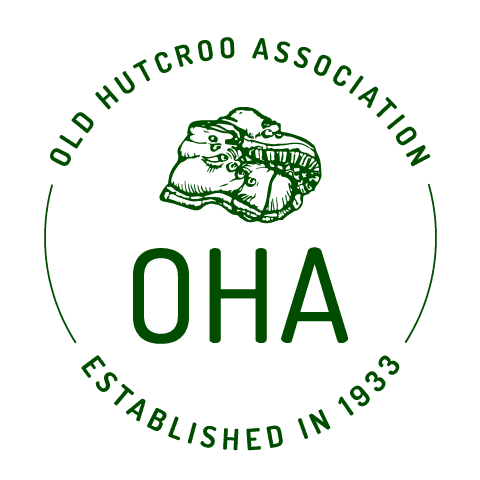“I first knew Graham when I returned to Harvard College after World War II and found him enrolled at Harvard Law School. He had attended Exeter Academy (‘38) and Harvard College (graduating early with the class of ’42), where he was a classmate of Andy Kauffman and Mal Miller (both ’43). He was already a mountaineer of consequence, having made the ascent of 18,603-foot Persian volcano, Mount Demavend, while stationed in Iran as an army cryptographer. Graham quickly became a loyal member of the Harvard Mountaineering Club and partook of all the usual New England climbs, both summer and winter.
Law school, even at Harvard, was not for Graham, and after one year he packed it in and took to selling the Encyclopedia Britannica door-to-door in South Boston. The futility of this practice dawned on him toward the end of 1948, when several of us were gathered at Pinkham Notch over the Christmas holidays. Joe Dodge needed a winter presence at the old (and well-equipped) Tuckerman Shelter (a.k.a. Howard Johnson’s). We volunteered Graham for the dollar-a-day job, which he held down for the next five months, though he groused mightily at those of us who had talked him into taking the position, for the isolation of January and February was notorious. During that winter, Graham, mindful of the necessity for ski patrollers to have a quick access to the Gulf of Slides for rescue purposes, laid out the first of the two memorable trails that came to bear his name— this one across the mid-level, timbered part of Boott Spur. (The other trail marked with his name—which he laid out in 1978—runs west from Battle Abbey to gain access to the higher peaks of the Battle Range in British Columbia.)
Bigger mountains called him, however, and he left Tuckerman’s in the spring of 1949. The next few summers found him almost everywhere—the Coast ranges of B.C. and Alaska; the Andes of Peru; Idaho’s Sawtooths; the North Cascades; the Canadian Rockies; the Selkirks; back to Peru; and finally the Tetons, where he saw the desirability of a camping facility for climbers and campaigned for what later became the AAC Climbers’ Ranch.
His first ascents (1947-1973) include Mt. Asperity and six other peaks in the Coast Ranges of B.C.; Grand Aiguille and West Peak of Heyburn in the Idaho Sawtooths; Trapper Mountain in the North Cascades; Mt. Shackleton in the Canadian Rockies; Mt. Salcantay and Yanapaccha in the Peruvian Andes; and Gibraltar, West Peak of Blackfriar, and Downie Peak in the Northern Selkirks. He was a member of the 1950 Harvard Andean Expedition that made the first ascent of Yerupaja (although he did not summit) in the Andes, and made numerous new routes and second ascents in the various ranges. Most of these climbs have appeared in the AAJ.
Graham taught school in several places across the United States, from Fessenden School near Boston, to the Robert Louis Stevenson School in Pebble Beach.
It was on a climbing trip in Yosemite that he met and married (on June 12,1955) Mary Ann Corthell, who presented him, in due course, with a daughter, Katharine Ilyeen (Kim), and a son, W. V. G. Matthews III (a.k.a. Weeg).
Graham retired from active climbing in the 1970s and took up the more sedentary task of volunteer weather observer in the upper Carmel Valley of California, and trail-builder from the Santa Cruz Mountains to the Northern Selkirks. He never did finish his magnum opus on Philippe Bunau-Varilla and the politics surrounding the construction of the Panama Canal, on the researching of which he had labored intermittently for more than 30 years. However, his heirs have retained his research material in case a future scholar wishes to take up the project.
William L. Putnam, AAC”
